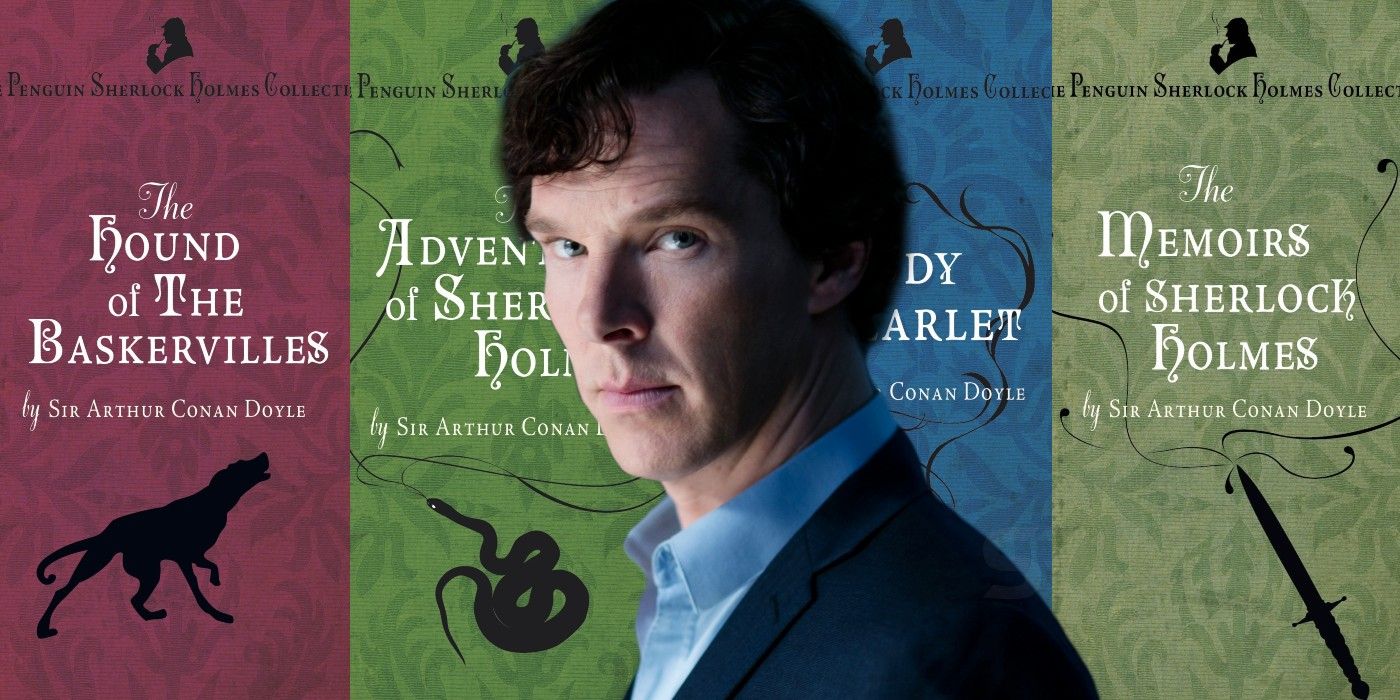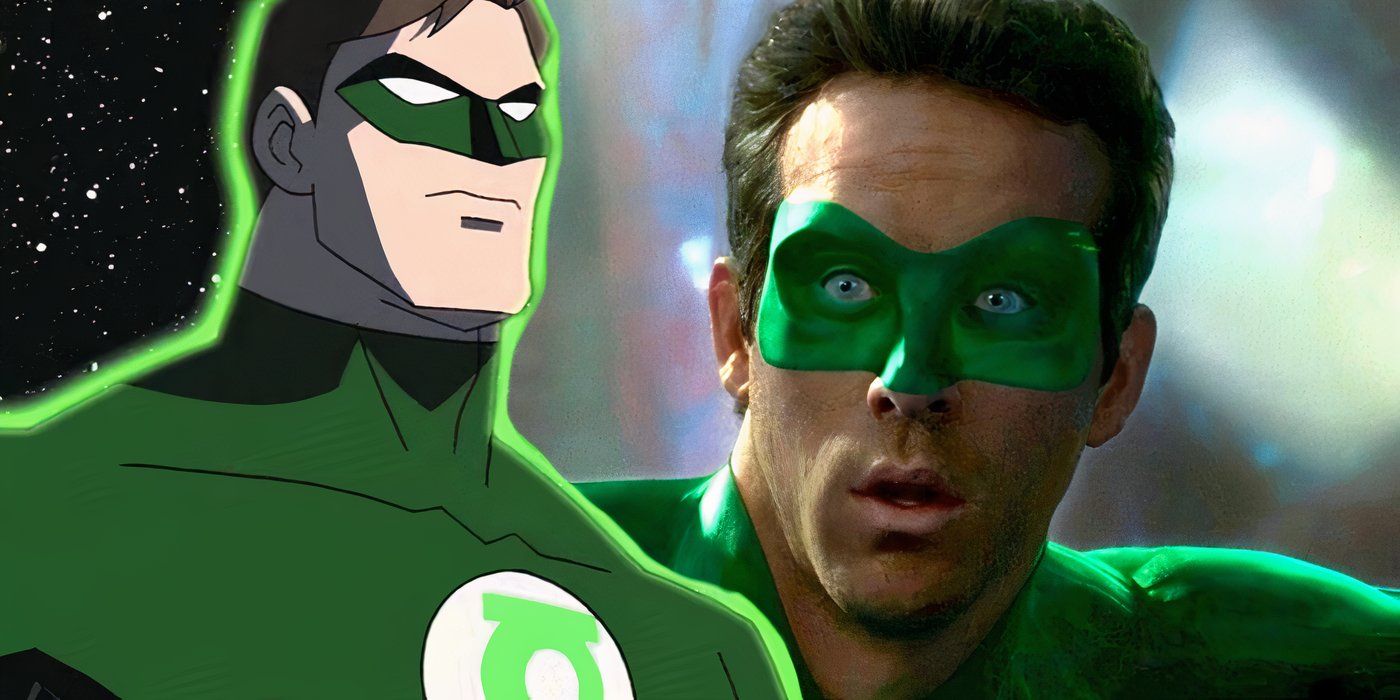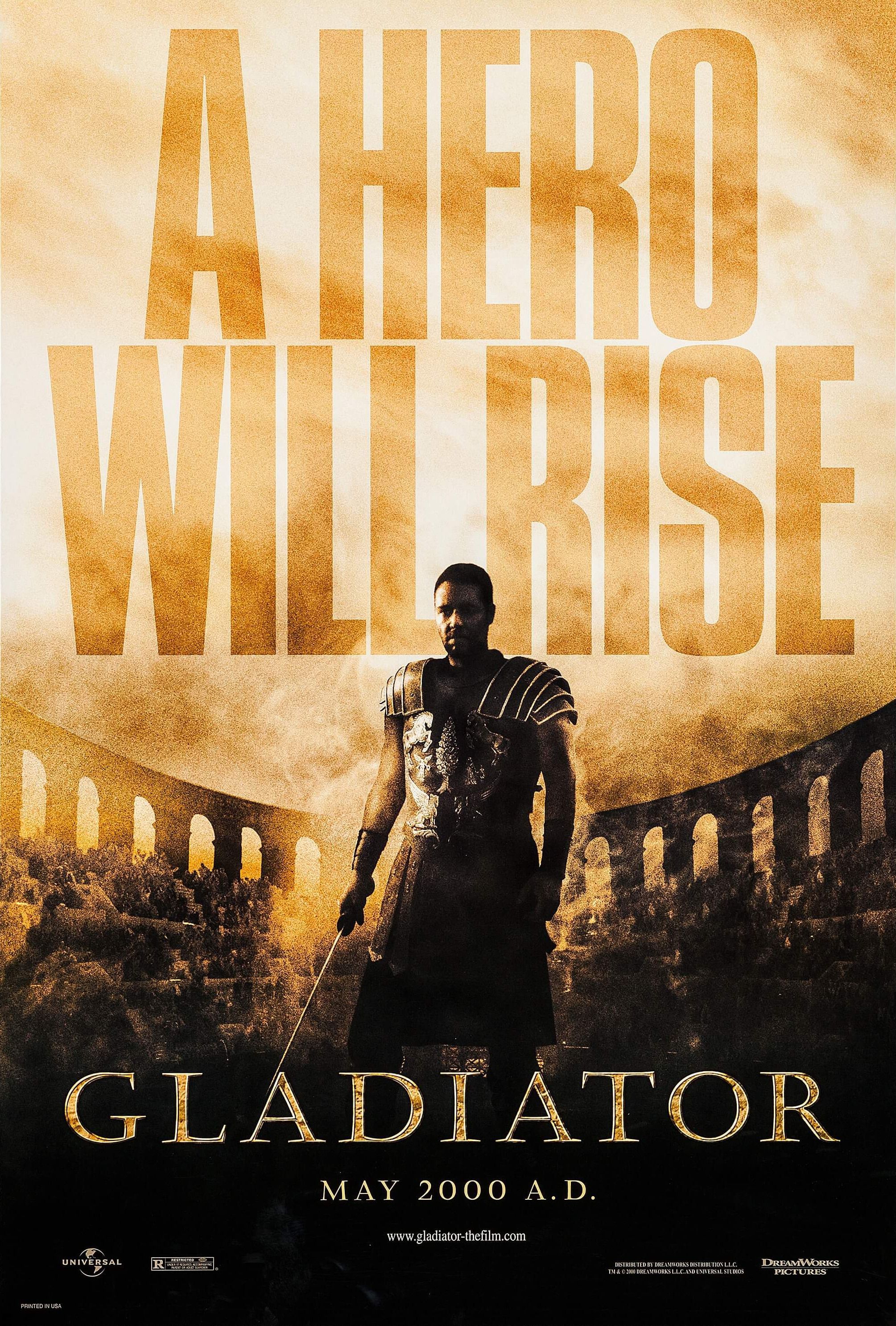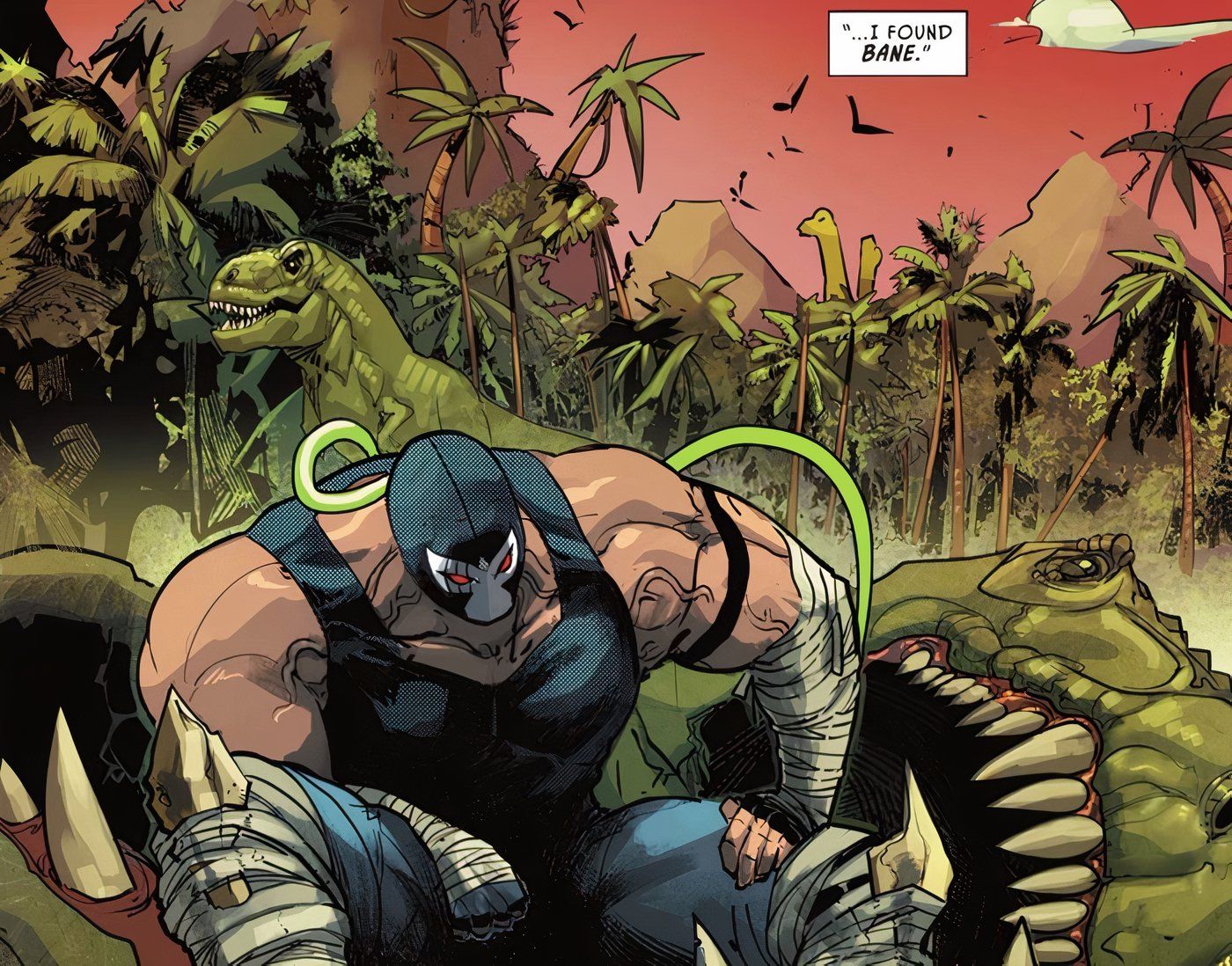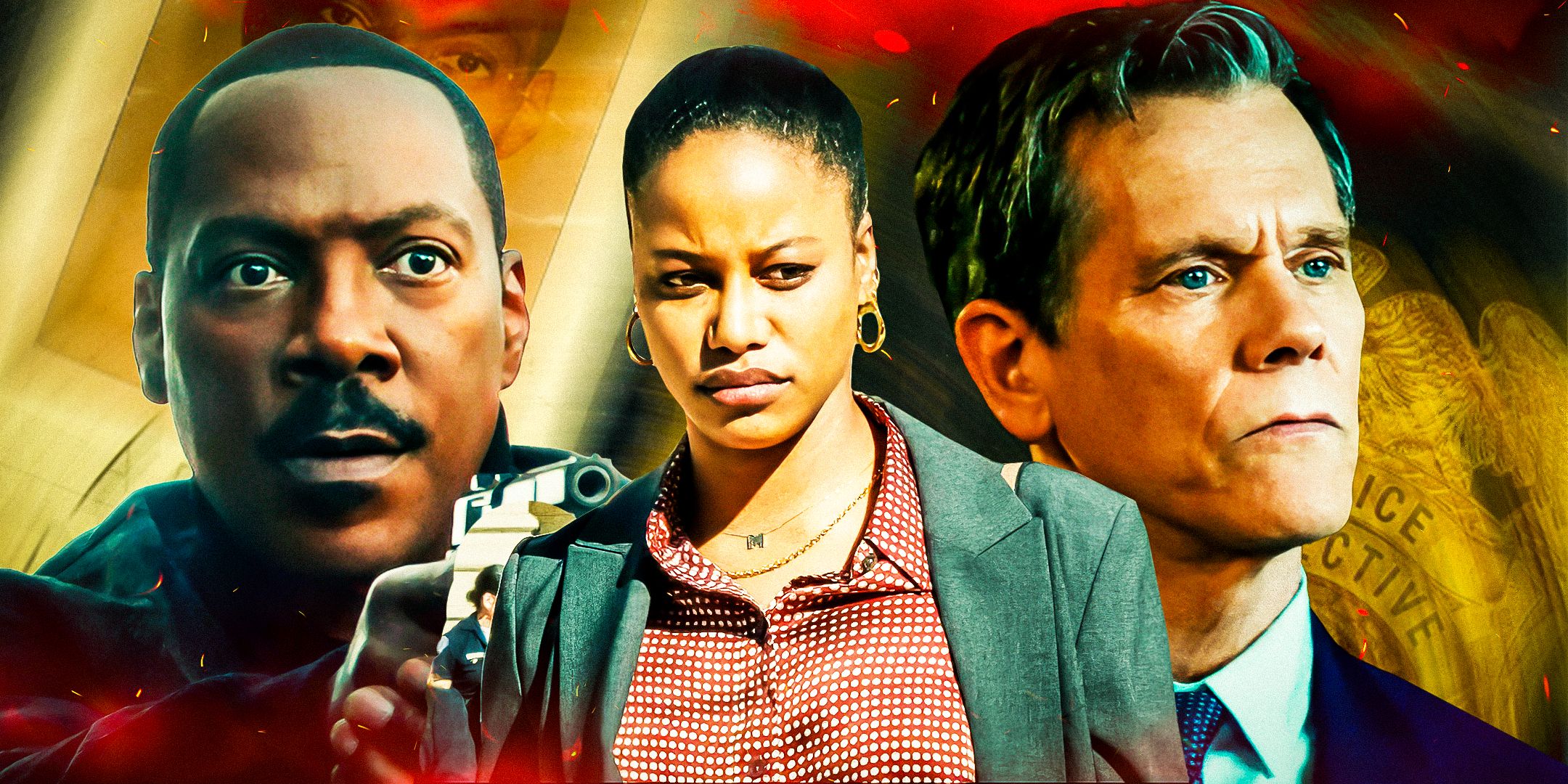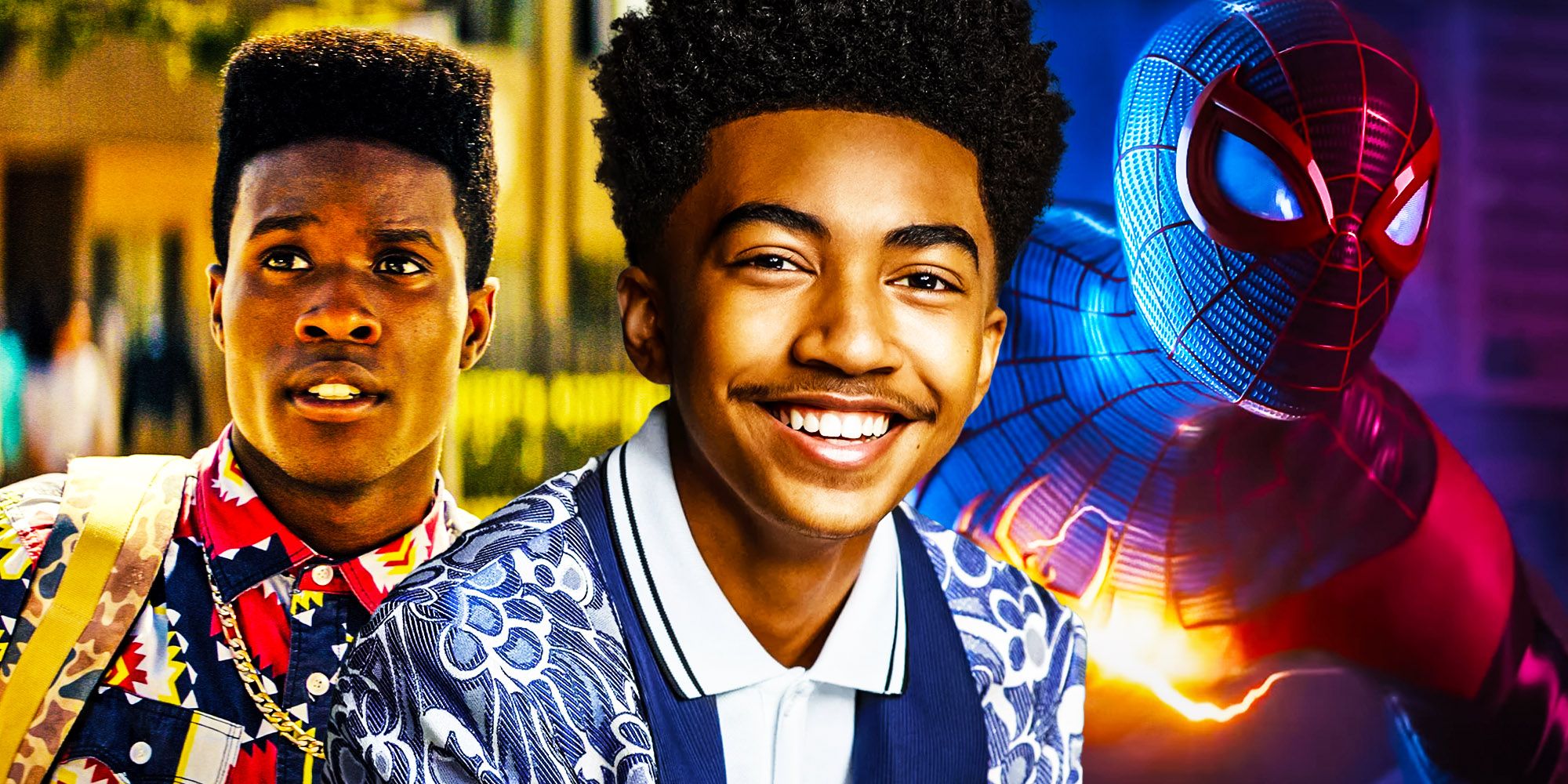Obscure and underappreciated movie trilogies typically focus on substance over spectacle. Despite limited recognition, they offer hidden gems for cinephiles seeking innovative storytelling beyond mainstream blockbusters. Their significance lies in pushing creative boundaries and challenging traditional filmmaking norms. Although these trilogies never achieved widespread commercial success, many have garnered dedicated cult followings, international accolades, and stellar critical reviews.
For most viewers, the best movie trilogies of all time don’t always include these obscure franchises, which commonly incorporate unconventional filmmaking techniques, or seek to push the boundaries of cinematic artistry. While lacking blockbuster appeal, these niche trilogies contribute to the rich tapestry of film history, quietly earning a place in the hearts of cinephiles who appreciate the art of storytelling in its many nuanced forms. Overall, obscure and underappreciated movie trilogies are a testament to the breadth and depth of the filmmaking landscape, showcasing the artistry and creativity that extends beyond the mainstream limelight.
10 The Human Condition (1959-1961)
Directed by: Masaki Kobayashi
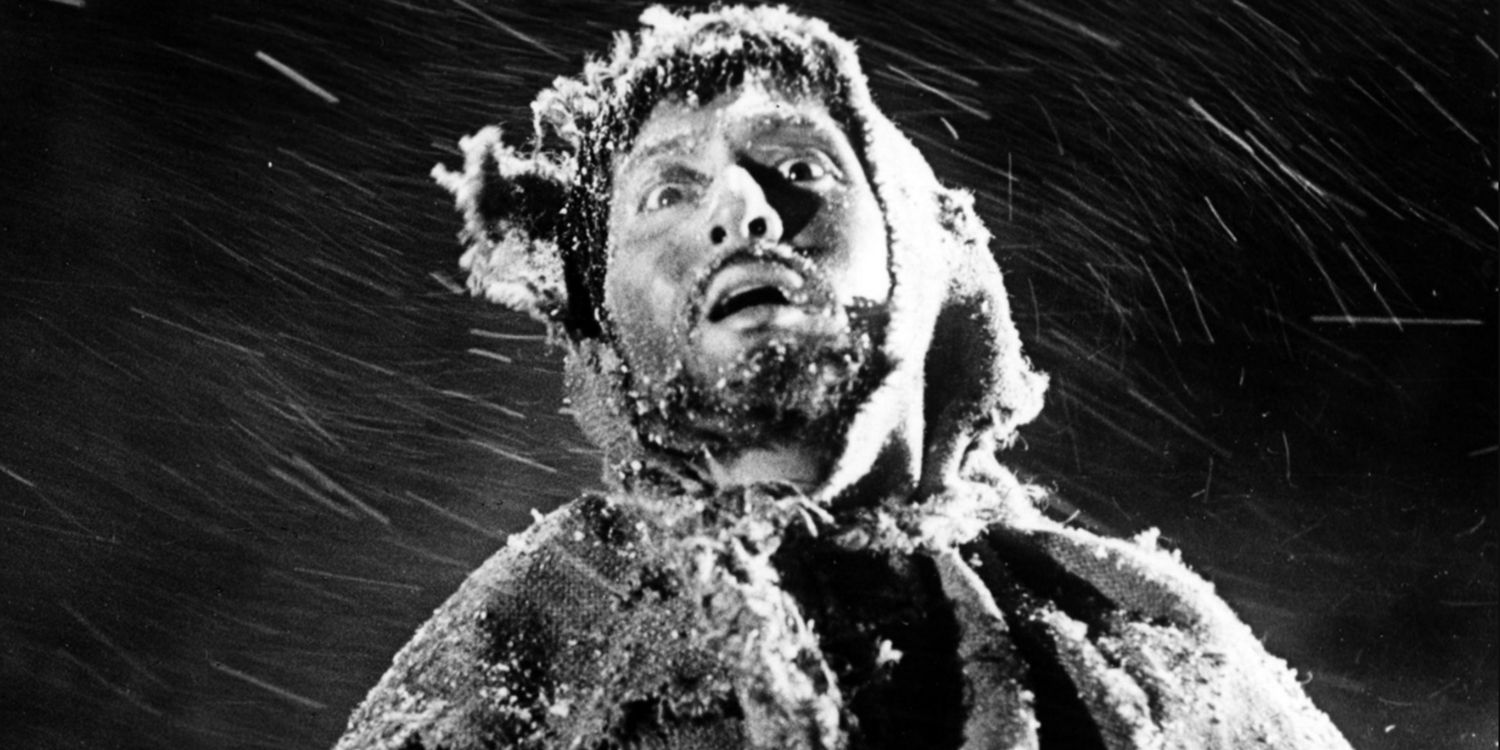
Set in World War II, The Human Condition trilogy follows the arduous journey of Kaji, a Japanese socialist, as he navigates through the horrors of war. While not often cited alongside the best war movies of all time, this trilogy may be the most complete epic modern war drama ever, even though it’s almost unknown today. From Kaji getting forcibly drafted into war in No Greater Love, his disillusionment with the Japanese army in Road to Eternity, to his experiences as a prisoner of war in A Soldier’s Prayer, The Human Condition is driven by its impeccable pacing and authenticity.
9 The Road Trilogy (1974-1976)
Directed by: Wim Wenders
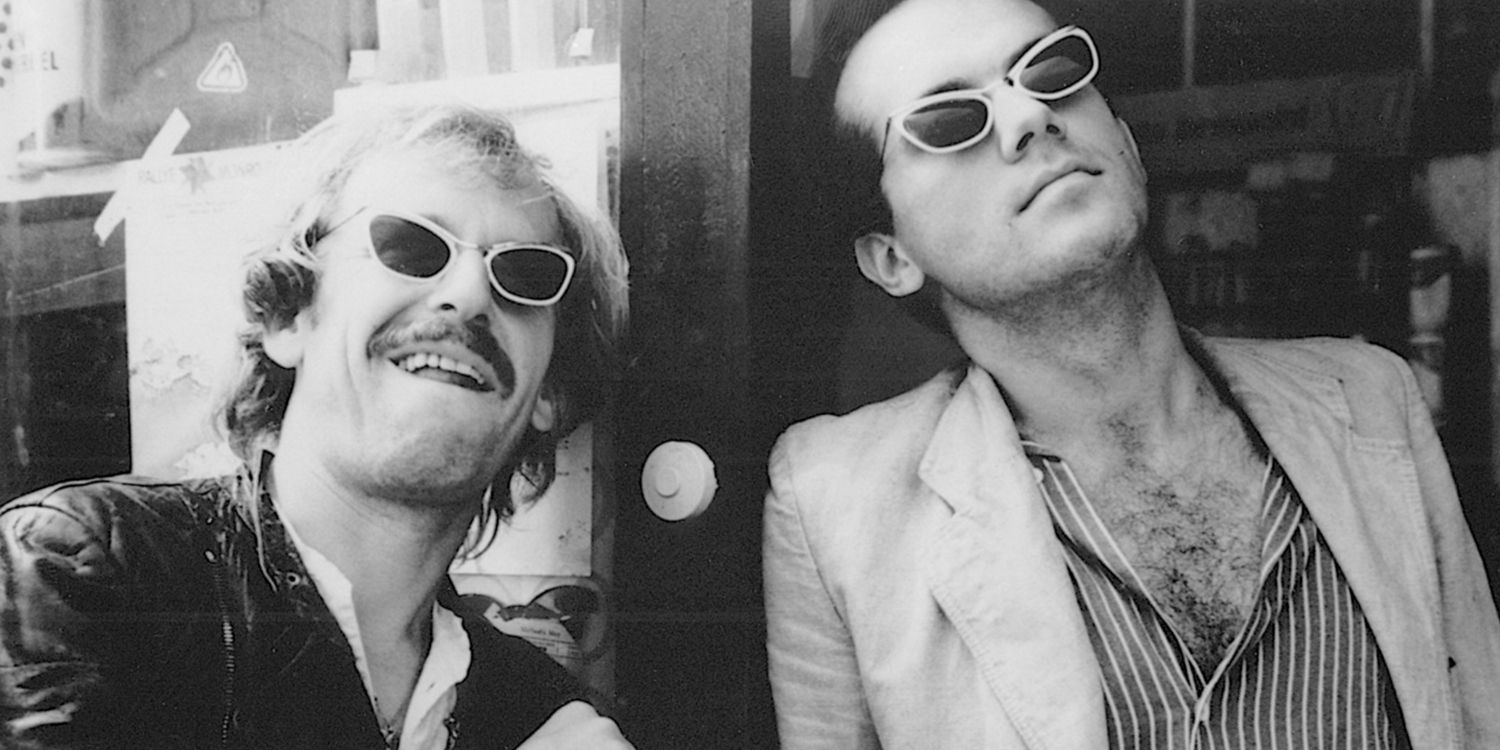
Amid wandering characters traversing landscapes both physical and emotional, The Road Trilogy epitomizes director Wim Wenders’ exploration of existential themes and the search for identity. The films Alice in the Cities, Wrong Move, and Kings of the Road aren’t connected in a narrative sense. Instead, they are united by one theme: going on the road as a cure for ennui and social disconnection. Capturing the essence of post-war Germany and the universal quest for belonging, The Road Trilogy stands as a cornerstone of New German Cinema. These sorely underappreciated films represent the very roots of contemporary road trip movies.
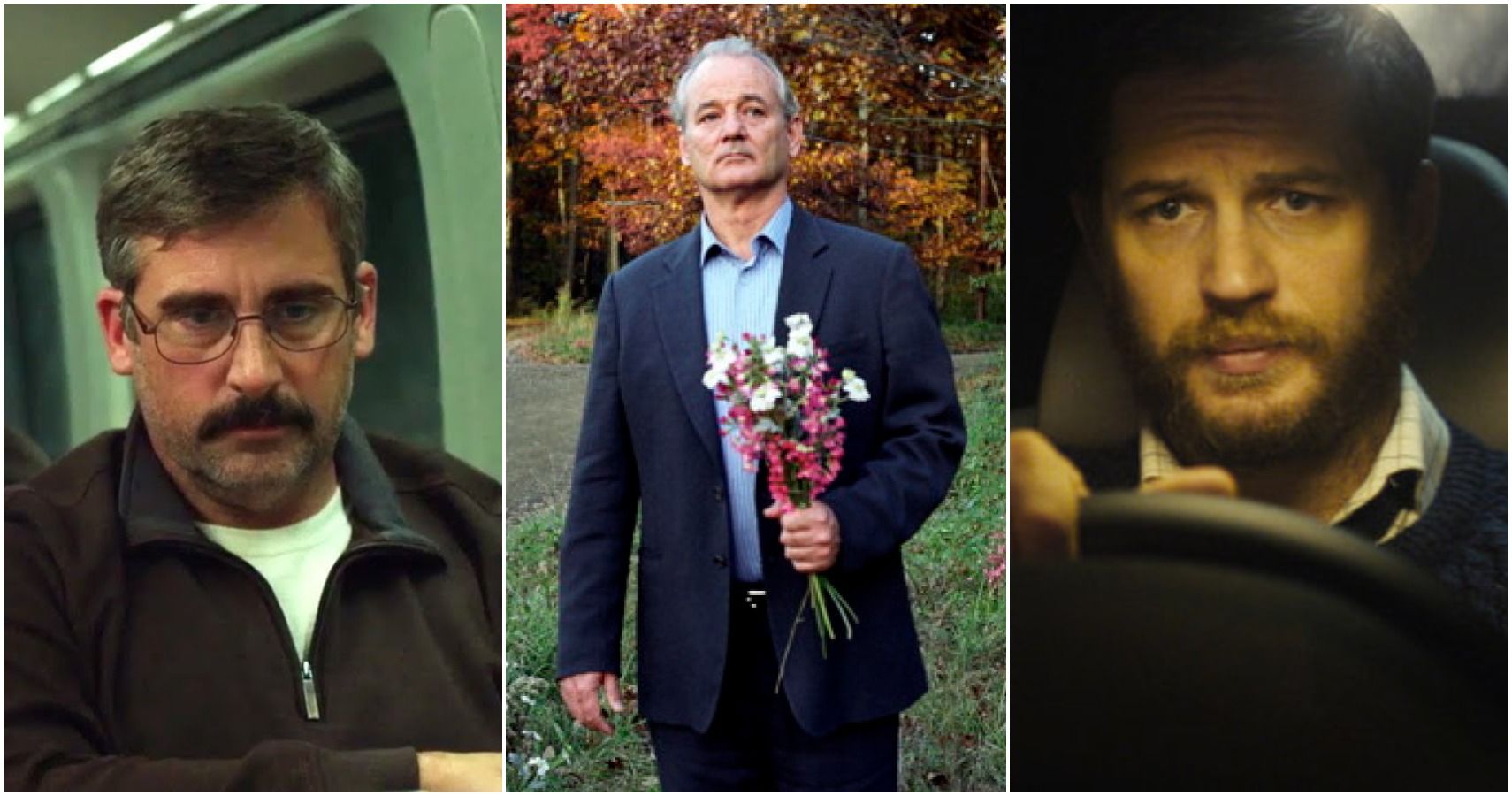
10 Most Underrated Road Trip Films
The road trip movie formula has proven to be a seemingly endless well for Hollywood. Here are some of the best, underrated road trip films.
8 The Apu Trilogy (1955-1959)
Directed by: Satyajit Ray
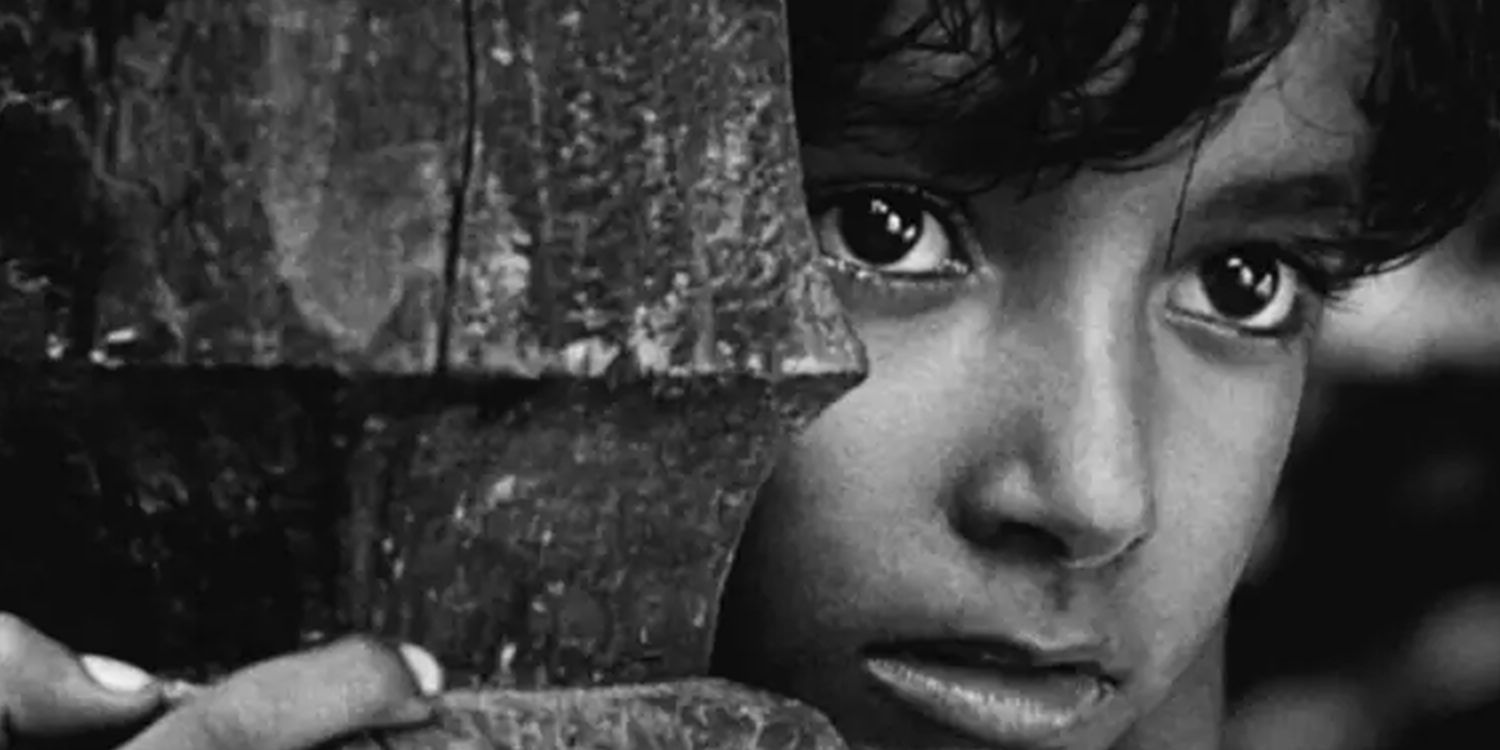
The coming-of-age film genre wouldn’t be where it is today without The Apu Trilogy. Based on the classic Bengali novel of the same name, the first film Pather Panchali opens the trilogy with Apu’s life as a young impoverished boy in a rural village. As a child, Apu navigates caste and socioeconomic dynamics, but faces even more complex dilemmas as he grows up in Aparajito and Apur Sansar. Told through Satyajit Ray’s visionary, poetic, but underappreciated filmmaking style, Apu’s journey through adolescence and adulthood intimately captures the beauty and struggles of rural life – and forever changed coming-of-age cinema.
7 The Vengeance Trilogy (2002-2005)
Directed by: Park Chan-wook
There are many revenge movies like Oldboy, Sympathy for Mr. Vengeance, and Lady Vengeance. However, Park Chan-wook’s The Vengeance Trilogy is singular in its encompassing exploration of both the visceral appeal and consequences of seeking even justified revenge. Not for the faint of heart, these thrillers combine highly graphic violence with psychological drama, and are considered by many to be highly offensive. Although every one of these films are highly awarded – Oldboy is even largely regarded as one of the best movies ever made – The Vengeance Trilogy as a whole has never truly achieved mainstream recognition.
6 Three Colours Trilogy (1993-1994)
Directed by: Krzysztof Kieślowski
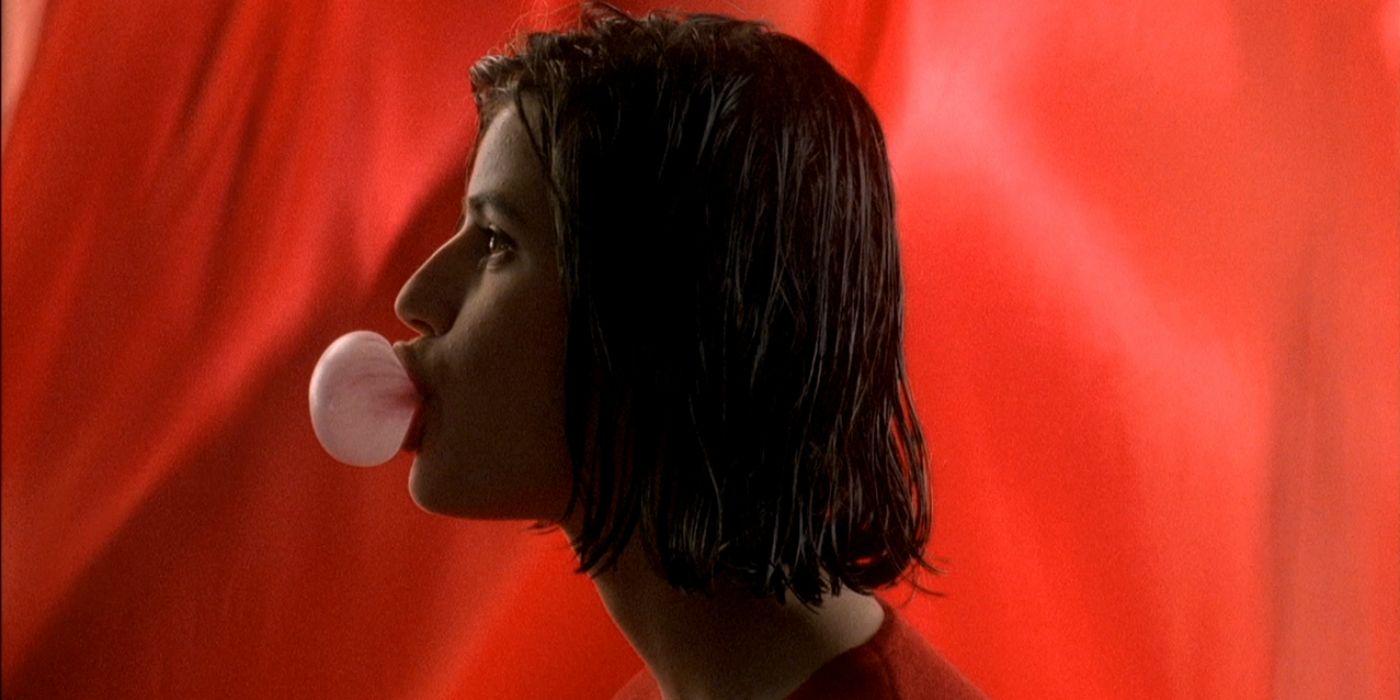
Krzysztof Kieślowski’s films Blue, White, and Red – respectively symbolizing liberty, equality, and fraternity on the French flag – offer clever narrative twists based on their prescribed meanings. Blue focuses on a woman who struggles to continue living after her husband’s death, White is about one man’s darkly comedic fight for equality in his troubled marriage, and Red sees two individuals from very different backgrounds finding companionship amid chaotic social connections. The Three Colours trilogy arguably peaked with Red, but each of these obscure films are landmark contributions to the world of psychological drama and romance.
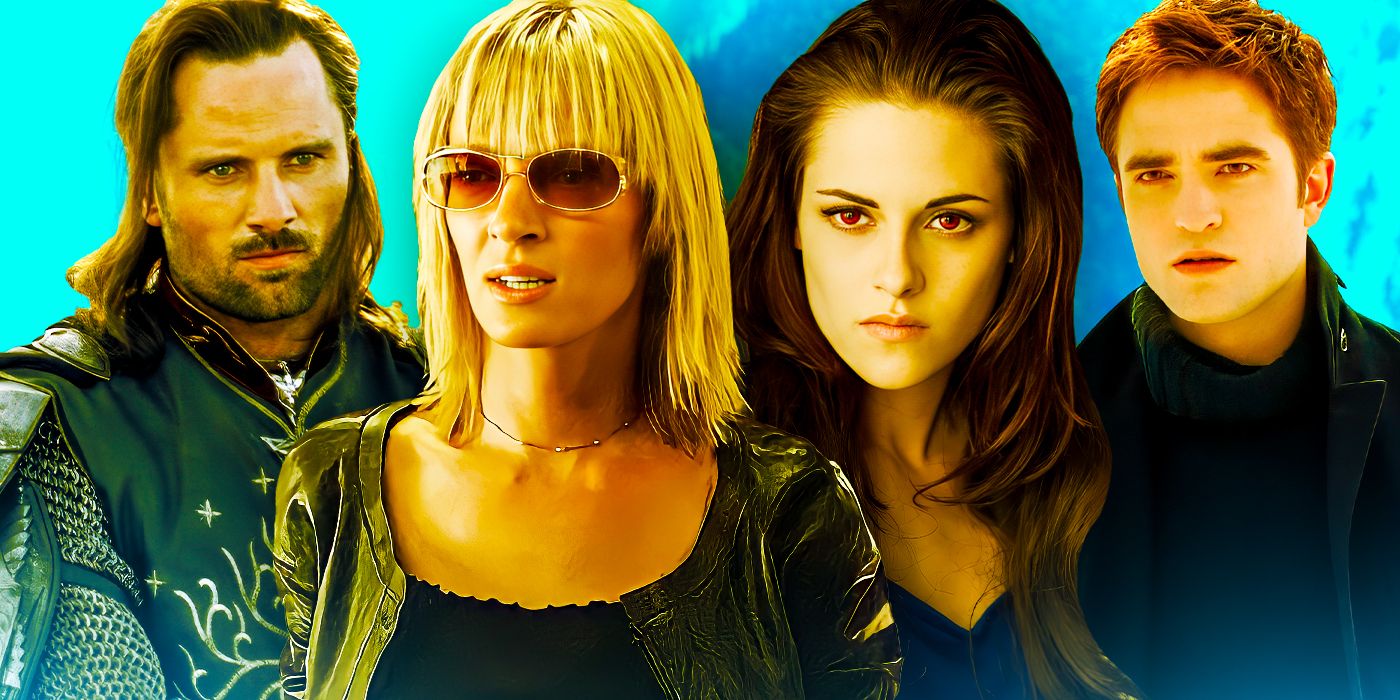
10 Movie Franchises That Peaked With Their Final Entry
Ending a movie franchise with the best possible film is a dying art. Here are the franchises that showed audiences and filmmakers alike how it’s done.
5 Pusher Trilogy (1996-2005)
Directed by: Nicolas Winding Refn
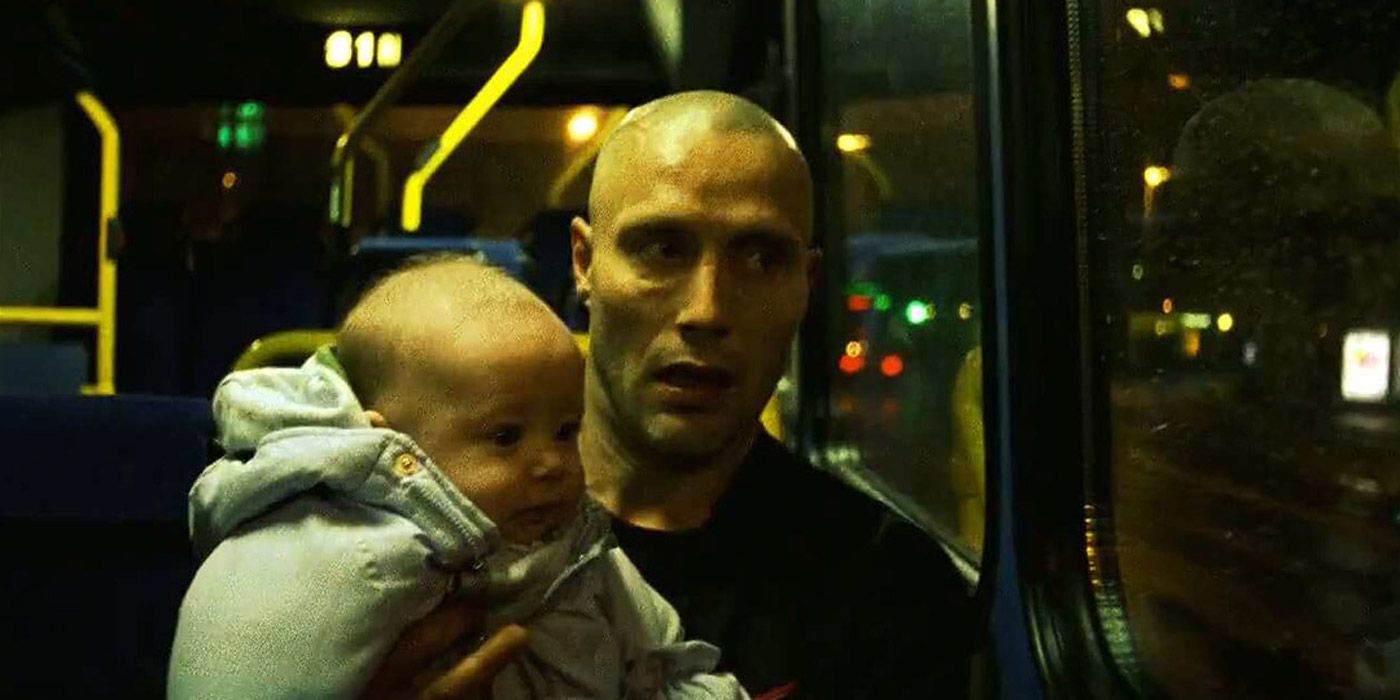
An epic crime thriller saga, the Pusher trilogy begins with a week in the life of an increasingly depraved mid-level drug dealer who must find a way to pay his supplier. Pusher 2 then continues with the said drug dealer’s even lower-level sidekick, who must also grapple with fatherhood. In Pusher 3, the focus transfers to the criminal boss of the first two characters, offering a more top-down view of underworld enterprises. While not as popular as Drive director Nicolas Winding Refn’s other films, the Pusher trilogy is actually comprised of Refn’s most critically acclaimed works.
4 Samurai Trilogy (1954-1956)
Directed by: Hiroshi Inagaki
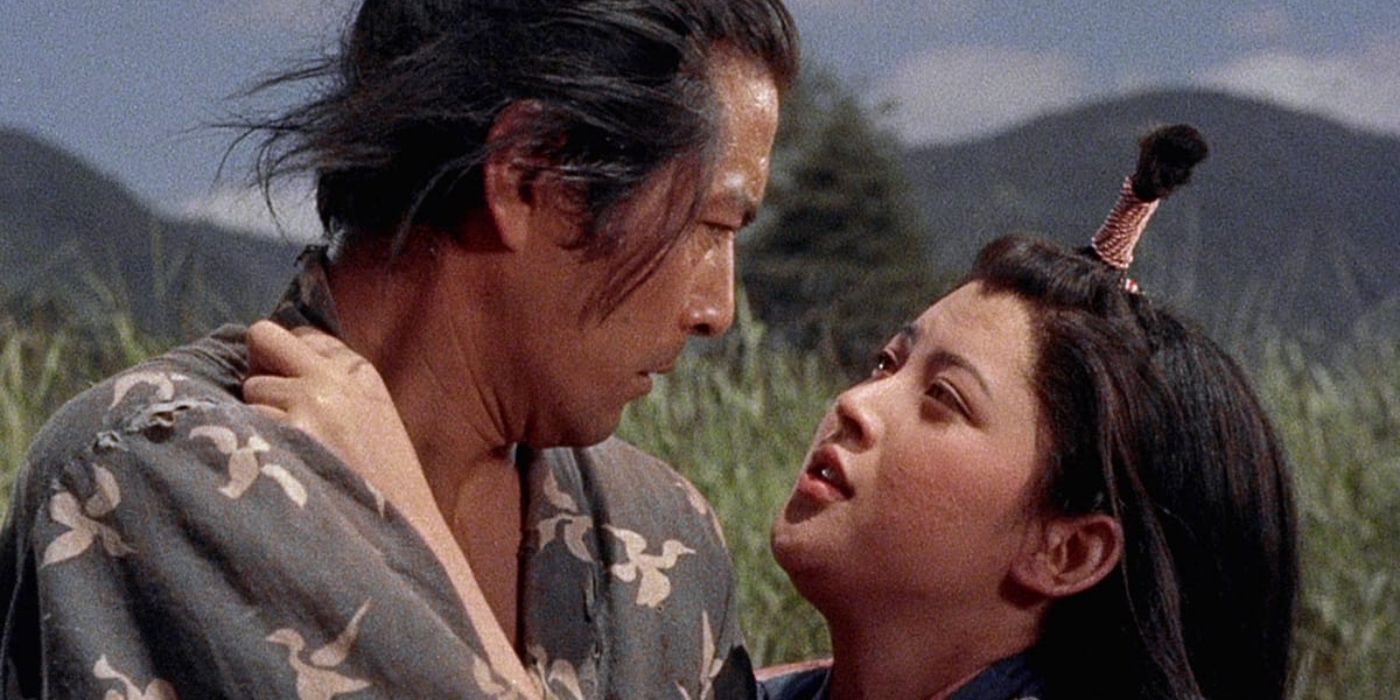
From Musashi Miyamoto and Duel atIchijoji Temple to Duel at Ganryu Island, Hiroshi Inagaki’s Samurai Trilogy follows Musashi’s evolution from a reckless young warrior to a skilled swordsman and philosopher. Despite the relative obscurity of these films, they are contemporaries of the best samurai movies ever, many of which are actually heavily influenced by Inagaki’s work. Though the trilogy tackles the rise of one of Japanese history’s greatest swordsmen, they notably lack the bloodshed that’s typical in such films, and instead focuses on Musashi’s character development amid some of the most tumultuous years in feudal Japan.
3 Europa Trilogy (1984-1991)
Directed by: Lars von Trier
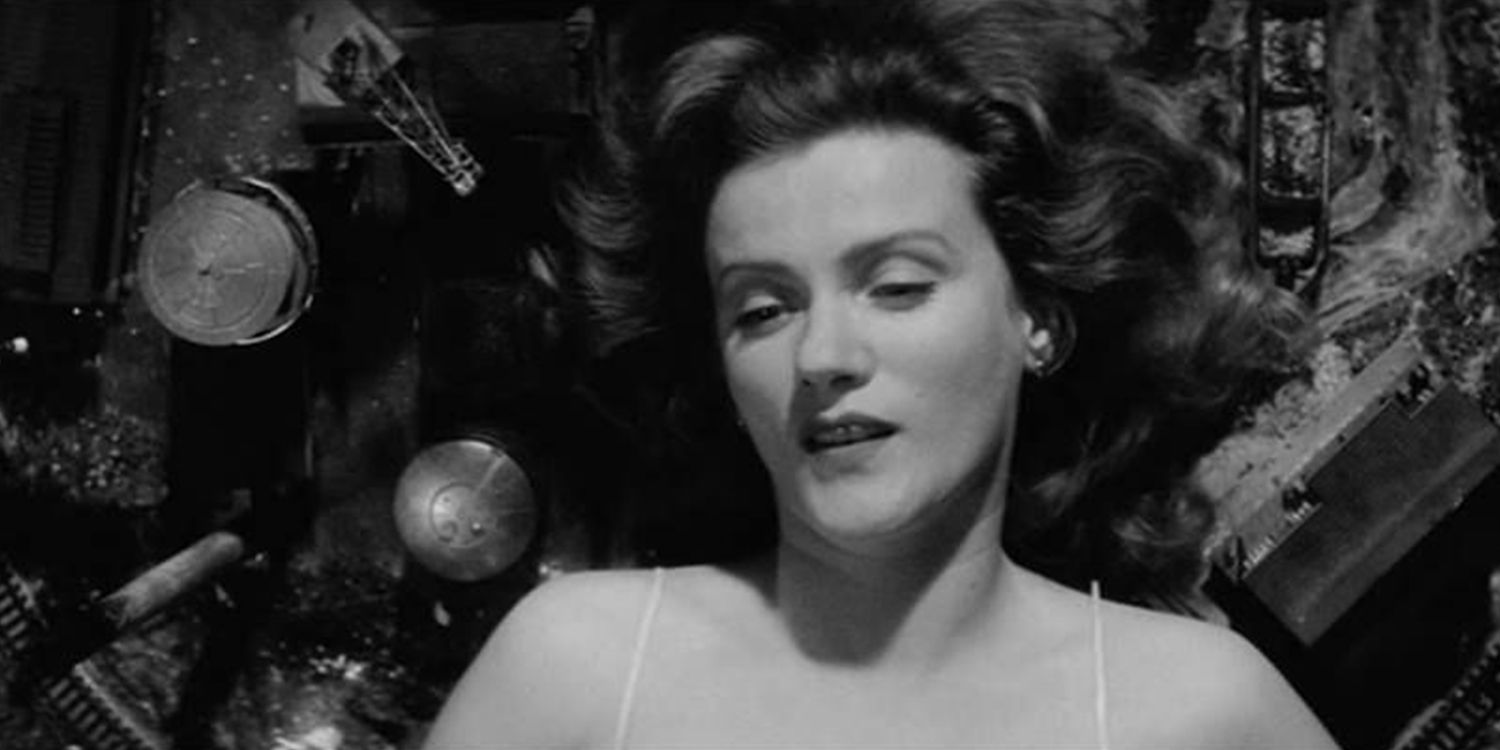
Lars von Trier’s thematic Europa trilogy is a relatively unknown experimental psychological drama series. The Element of Crime sees a detective getting hypnotized to recall his last case. In the metafiction comedic horror Epidemic, two screenwriters struggle to complete the script for a medical story. Finally, Europa is a period drama that was inspired by Frank Kafka’s Amerika, exploring the web of intrigue and espionage left behind in civilian Germany after World War II. Though obscured from mainstream audiences due to their experimental nature, the Europa trilogy is a well-rounded showcase of von Trier’s contributions to arthouse cinema.
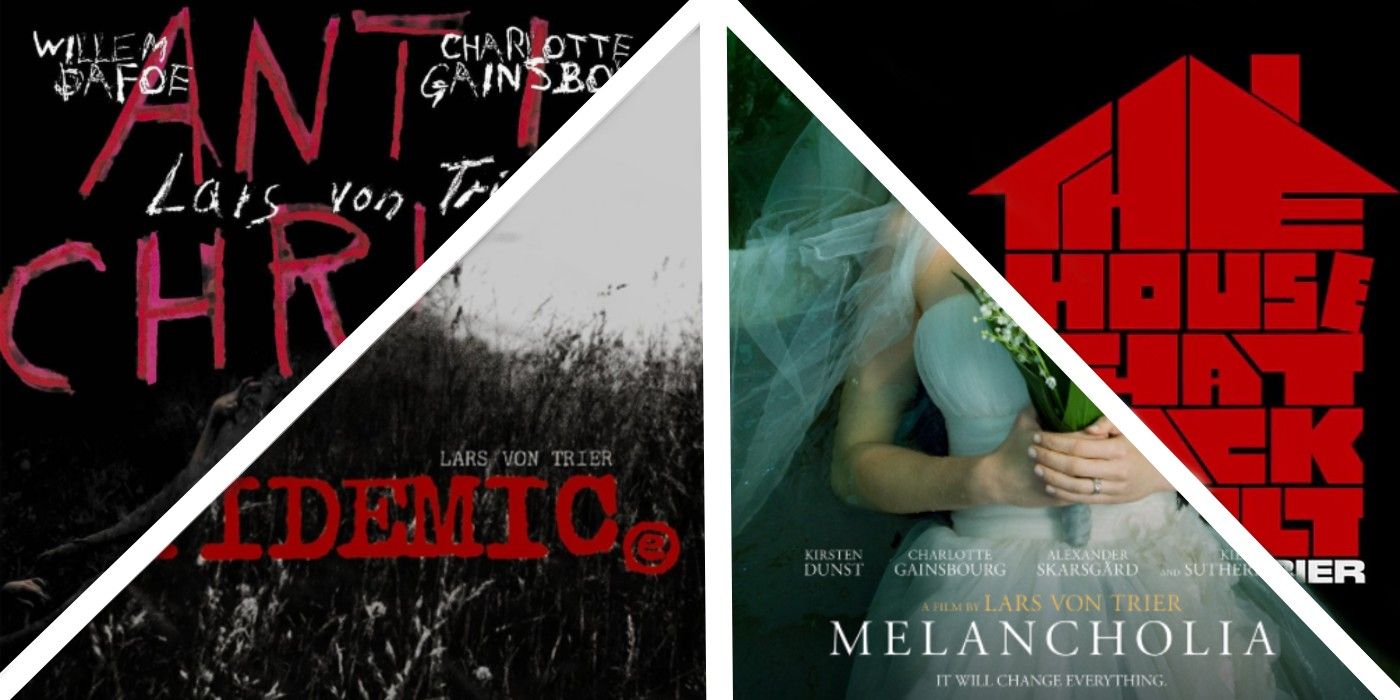
Lars Von Trier’s Horror Movies Ranked, Worst To Best
Lars von Trier is a highly controversial director with an impressive horror filmography that spans forty years; here are his horror films ranked.
2 Love Trilogy (1990-2004)
Directed By: Wong Kar-Wai
Wong Kar-Wai’s Days of Being Wild, In the Mood for Love, and 2046 are narratively connected – but considered to be an informal trilogy. The series explores the intricacies of love, longing, and human connection against the backdrop of Hong Kong’s vibrant landscape, its cast of characters navigating romantic entanglements and searching for meaning in their lives. Through the lens of Kar-Wai’s stunning cinematography and nonlinear storytelling, the Love trilogy allegorizes the colonial history and subsequent diaspora of Hong Kong’s people – but from a tragically romanticized lens. Despite their artistic execution of popular themes, Kar-Wai’s films remain relatively obscure.
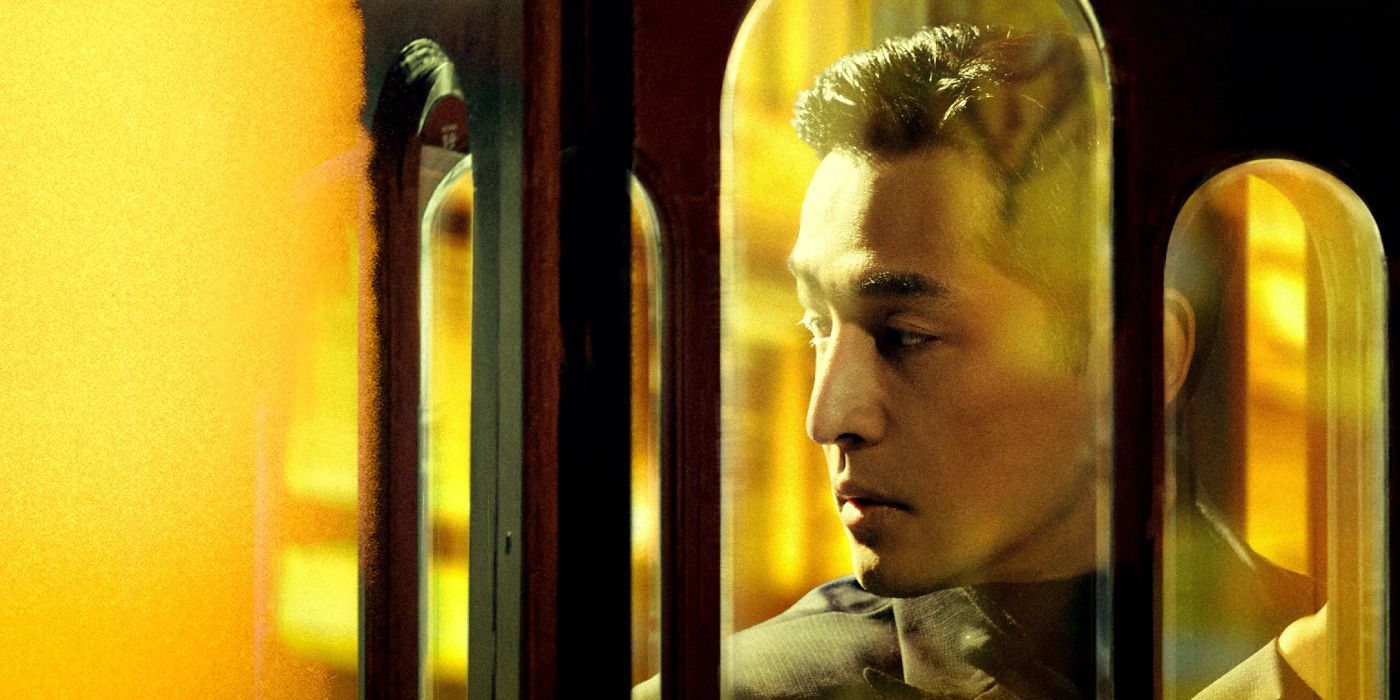
Blossoms Shanghai: Release Date, Cast, Story Details, Trailer & Everything We Know
The TV series Blossoms Shanghai is an upcoming rags-to-riches drama series and here’s everything to know about the release date, cast, and story.
1 Trilogy of Death (2000-2006)
Directed By: Alejandro González Iñárritu
While Amores perros, 21 Grams, and Babel aren’t exactly obscure films, not many know that they actually comprise director Alejandro González Iñárritu’s Trilogy of Death. These films aren’t directly connected, but are instead thematically united by Iñárritu’s penchant for interwoven multi-narratives that somehow coalesce at certain points. Despite what the title of the trilogy implies, these movies actually hone in on the interconnected nature of life, exploring causality across time, space, and unexpected social bonds. The trilogy’s many accolades arguably discount it from being underappreciated – however, the Trilogy of Death’s contributions to nonlinear cinema definitely deserve more praise.
